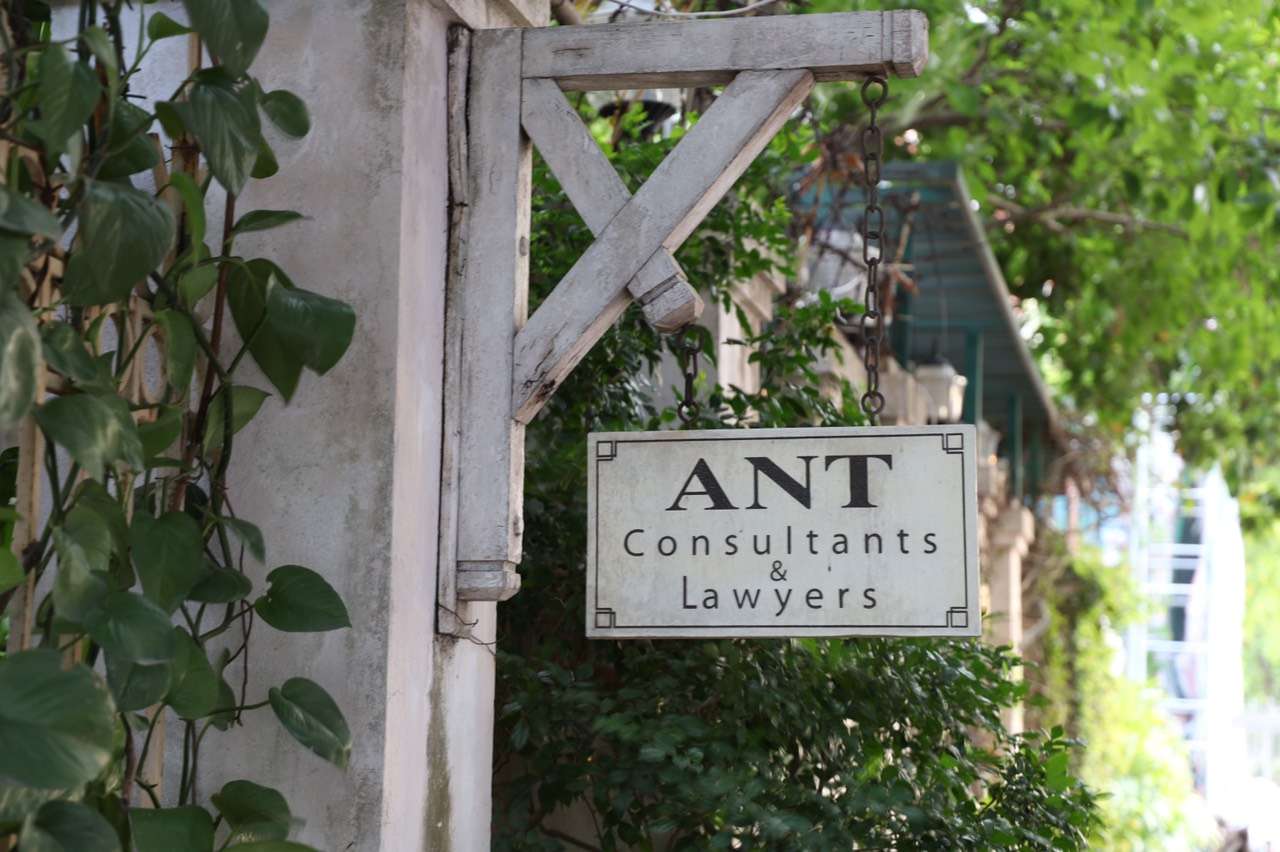
Risk is something that nobody expected but we have to accept to live together with it. Identifying risks and creating solutions to prevent it and also minimize losses when it happens are what businesses should do. That is positive solution instead of accepting risks.
So what “risk” is? There are many definitions of risk, in which there are two main points. First, risks are unexpected events. Second, when risk occurs, it causes losses to people and society. The business operations of enterprises are very diverse. In theory, such operations are always come with risk. Instead of statistic the risks (very difficult), we should approach the issue from the step of identification the causes of risk. It will help businesses to have better prevention against the risk. Here are some common causes of risks that businesses often encounter.
There are 8 main causes of risk. First, that is the natural environment, such as storm, flood, drought, earthquake, volcano, tsunami, sea level rising and the earth “hot” up… These risks often have some common characteristics: the ability to forecast and predict is low, happen suddenly, cause damages on a massive scale, not just for one region, one industry, one community but for the whole economy, a number of countries or the whole world. The prediction and forecast of these natural disasters are difficult but they active as a rule. Hence, enterprises can proactively prevent or choose appropriate solutions.
The second risk is the risks from social environment, social structure and population. That is the change of value, standard, human behavior, the scale of values in society and the social characteristics… They are source of risk for commercial operations and investment activities of enterprises. However, a society that encourages nurturing the creative values and the inspiration investment would certainly the good protective shield for businesses.
Thirdly, there are risks come from the environment where the cultural background is low… A society where there is low literacy, lack of cultural norms, morality is not enhanced then how well the law will be enforce? Once the laws are not enforced effectively, a thousand risks may occur. There will be a stunning political rights, the rising of kinds of crimes such as theft, looting, rioting, economic fraud underground, reneged contract, counterfeiting, piracy, inciting religion, ethnicity and hatred… As a result, the kind of snatching, fraud and deceptive business will dominate.
Read More
Fourth are the risks from political environment, where lack of institutions to protect the freedom, democracy, property rights of people in general and businesses in particular. Political environment includes the stability in politics, security and safety for enterprises and people. A country that usually has national policy changes, coups, wars, riots, ethnic and religious conflicts, intervention in markets that lack of standards, policies were dominated by the interest groups, discrimination, corruption… are causing serious risks to businesses, causing them to lack of business confidence, lose investment momentum and can harm the economy and society.
Fifth are the risks come from economic environment. A strong economy is an economy that has high resistance with the ability to resolve the crisis in the best way in the direction of transparency, low cost, high sustainability. An economic environment where there are often crisis, inflation, erratic pricing, instable supply and demand, exchange rate changes frequently, shortage of goods and services, uncontrollable monopoly, fair competition is only on paper… along with the lack of technocratic skills shall be considered to be major risks for enterprises. Furthermore, on the other hand, the challenges come from an economy with high competitiveness, the drastic changes of technical science and information technology would also be the risk for enterprises that lack of the ability to adapt to changes.
Sixth are the risks that resulting from the regulatory environment that lack of transparency in three fields of legislative, executive and judicial. This is also the danger of healthy businesses. A system of legal documents should be issued with the effective participation of the business community, according to the criteria of sustainable, friendly, fair and easy to apply. An effective law enforcement system should be operated under the motto support, promote and facilitate business. A system of reliable justice, respect for justice and ensuring effective law enforcement with a society that respect for ethic and law would be an ideal environment to encourage investment and development of business. Conversely, a business environment where the law is inconsistent, contradictory, overlapping, change suddenly and shady, law enforcement lacks transparency, openness and efficiency, the application of the law lacks fairness, property ownership right and the right to protect the contract are not only abused but also the cost is too high… are sources of risk, causing severe damage to the business.
Seventh is the risk coming from business partners. They can be investors, joint ventures, cooperation or customers of the business. Have you ever questioning that where do they come from and are they reliable in terms of skills, experience, financial strength, legal and corporate governance. When establishing a relationship in business, both parties should understand and trust each other before coming to the steps of negotiating, signing and implementing contracts. Regarding business contract, it should be made very carefully because each paragraph stalking the risks that businesses need to take into consideration such as terms, payment, tax, limitation of liability, termination of the contract ahead of time and contract dispute resolution…Hence, the contract should be made carefully by a professional unit.
Eighth is the risk coming from the enterprise itself such as business attitudes towards risk, mistakes in business strategy and enterprise management, the weakness of the managers and employees, lack of ethics and business culture, lack of motivation, lack of internal unity…The most important thing is to regularly inspect and test the control systems of corporate is effective or not. Corporate governance is the whole system of rules and regulations. Good corporate governance will help the strategic decisions of the enterprise to be issued in the most enlightened and effective way, along with the best elimination of risk. Good corporate governance ensures utilizing all resources of business.
Before conducting business operations, businesses have to conduct risk analysis from at least 8 reasons above, then who dares to ensure that doing business is easy.

























.jpg)
.jpg)


.jpg)
.jpg)

